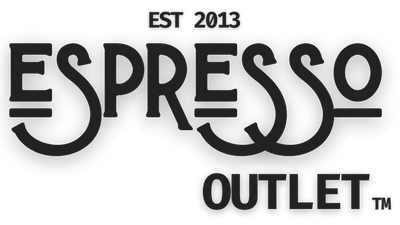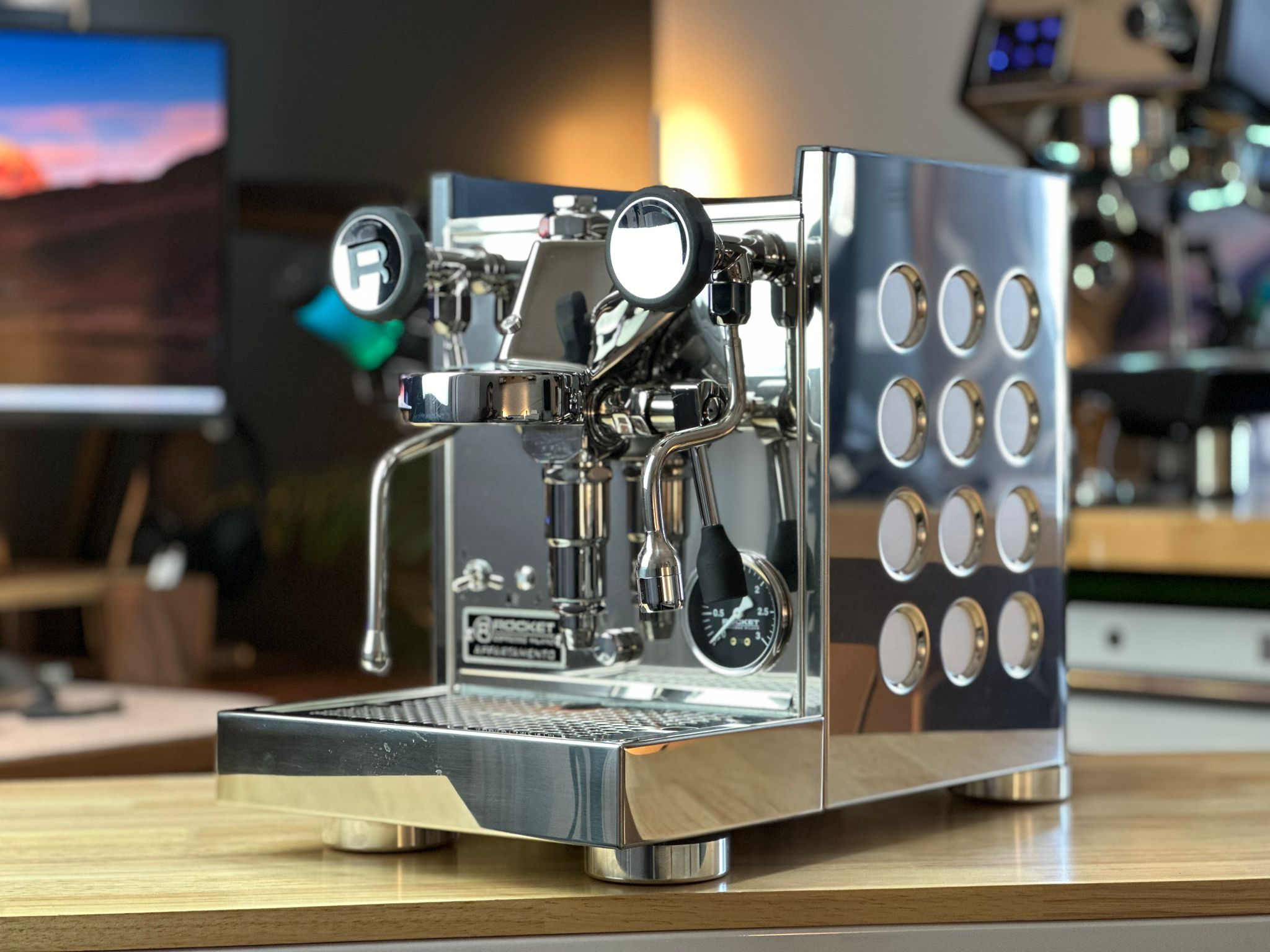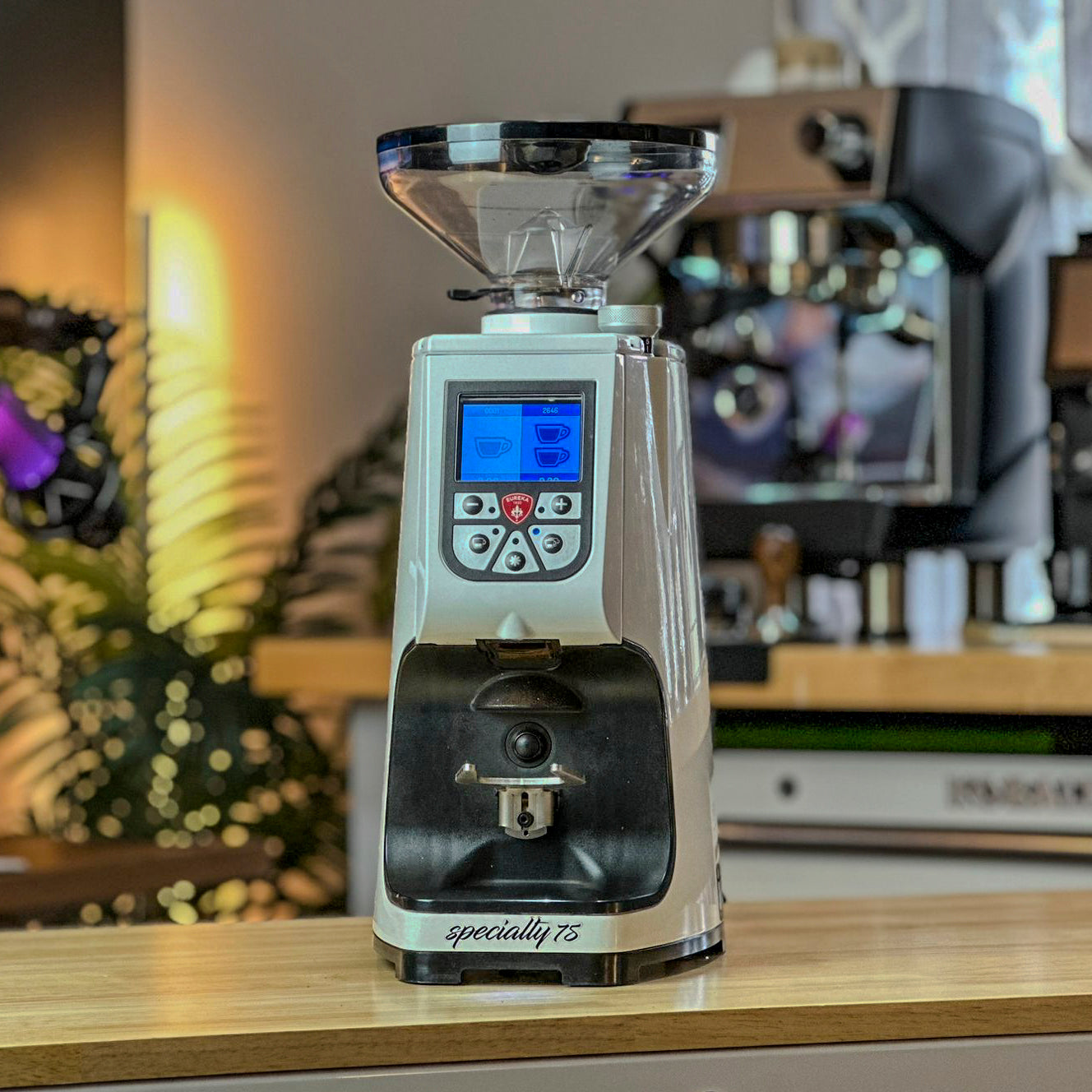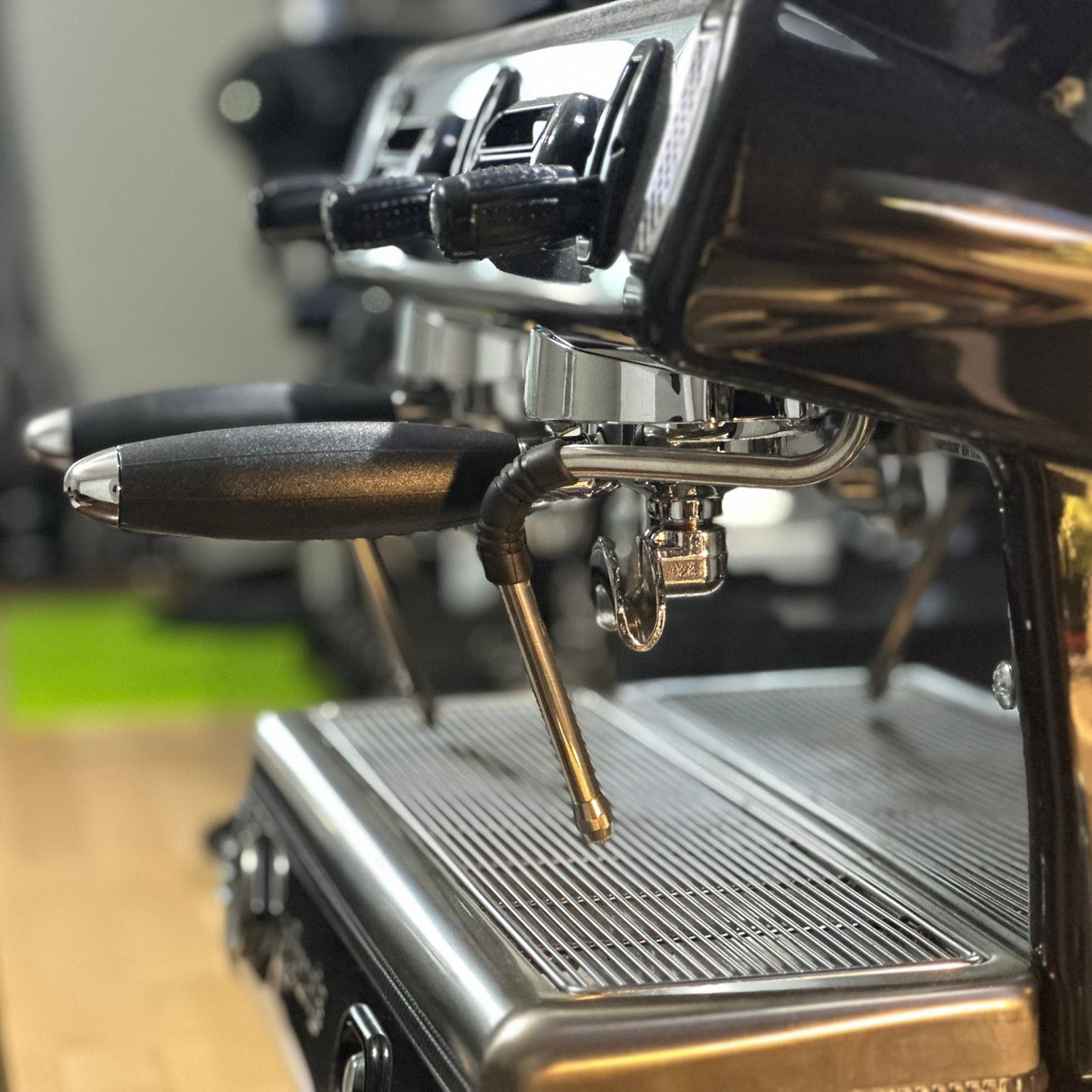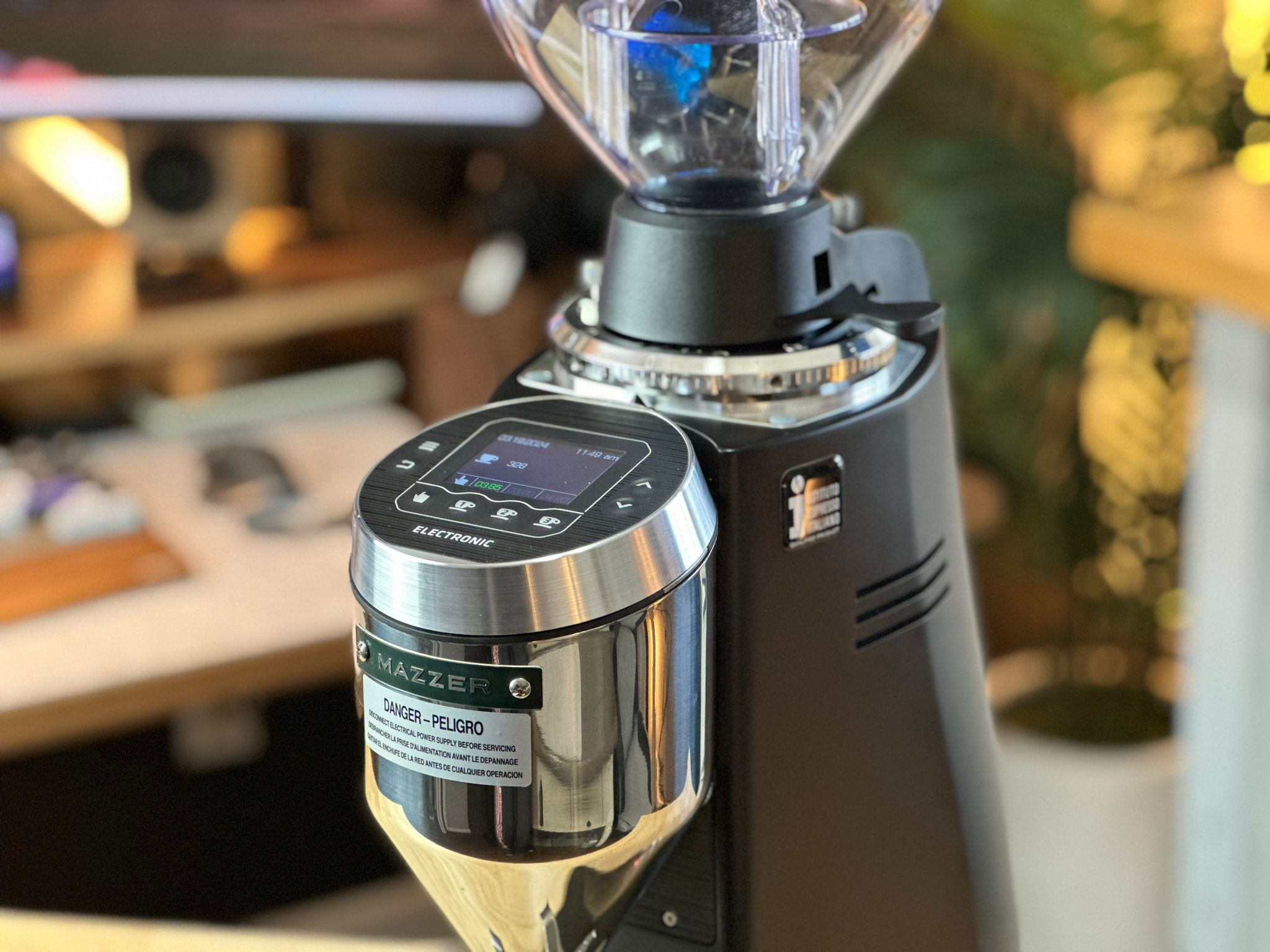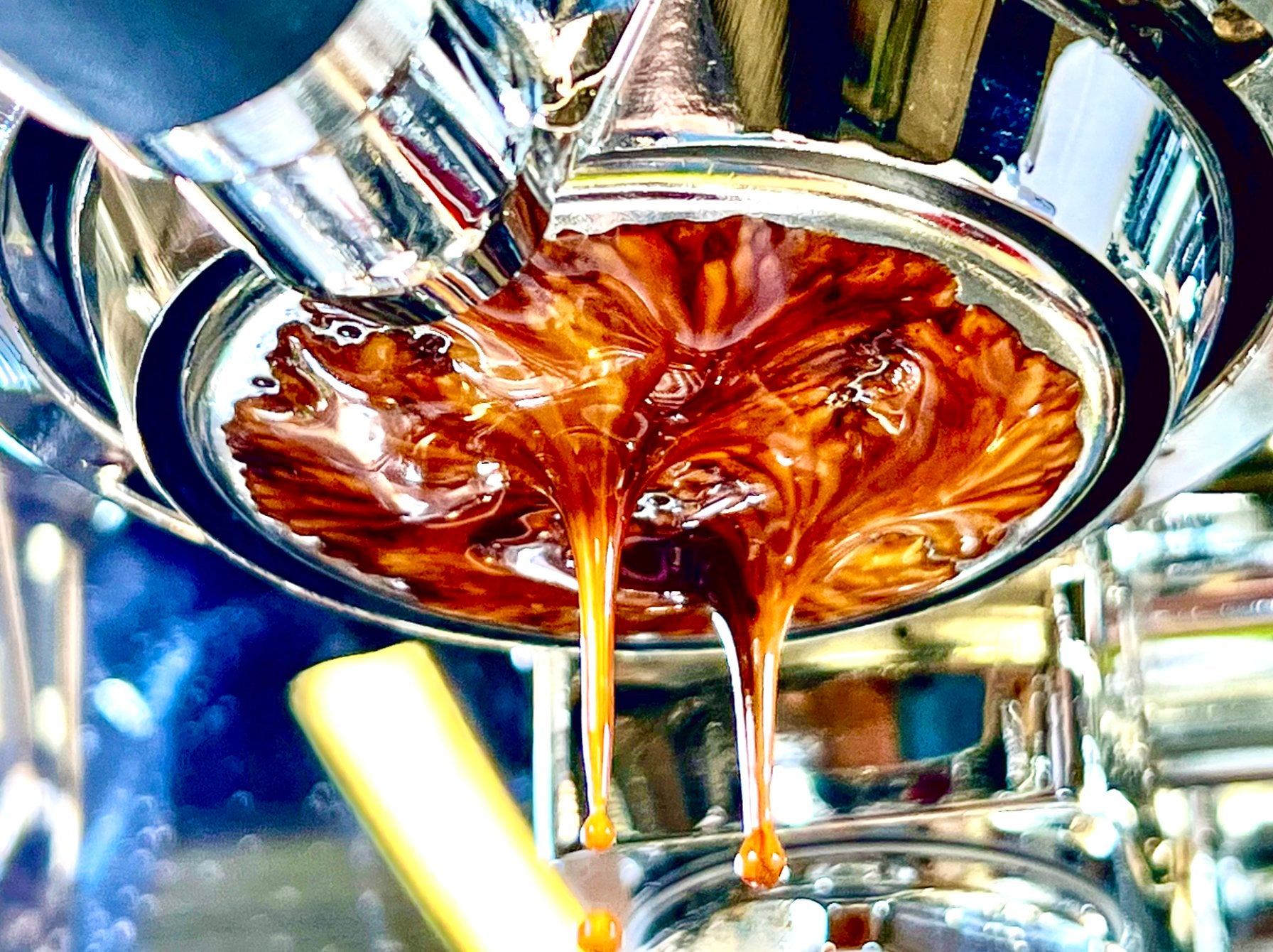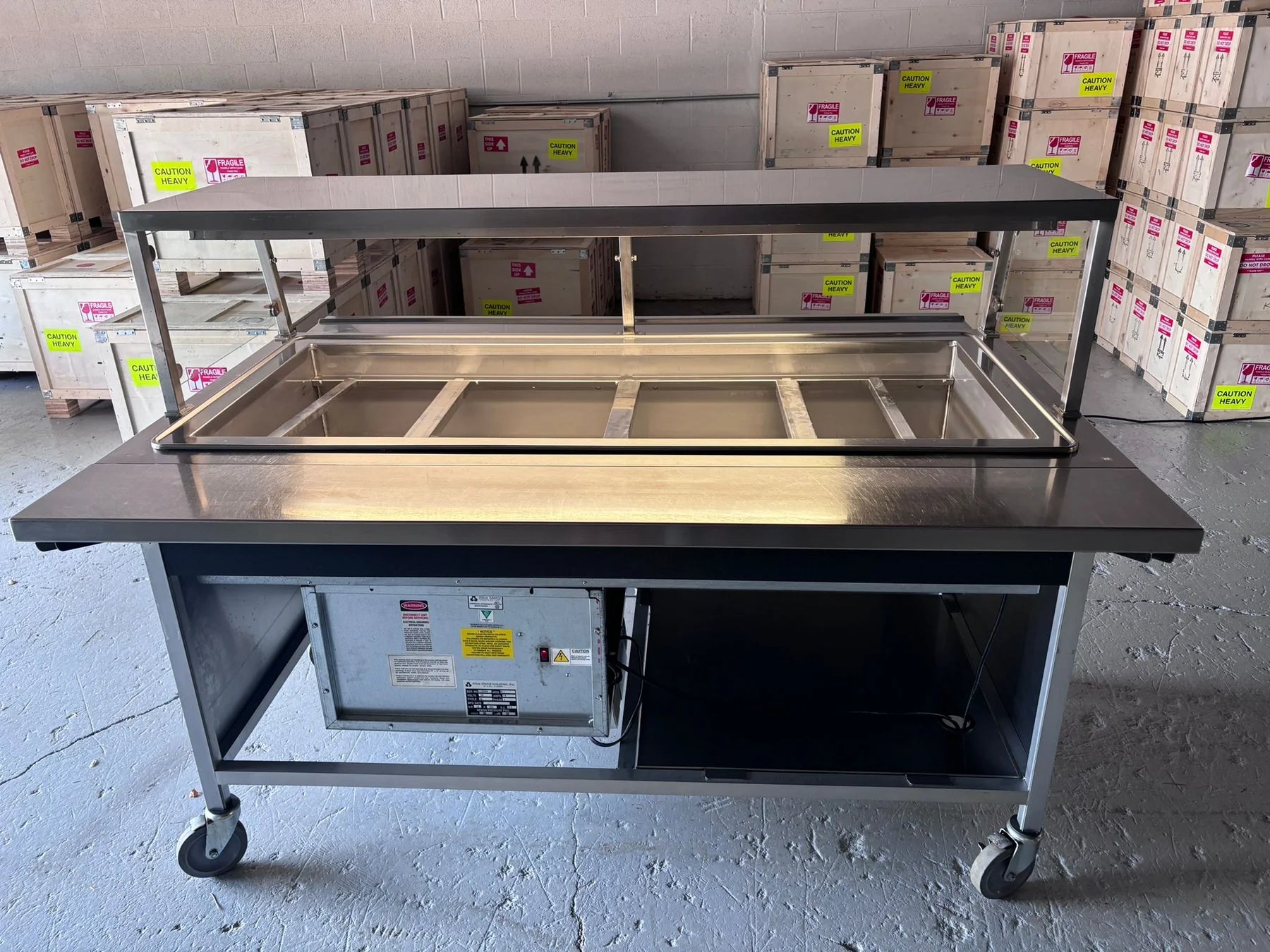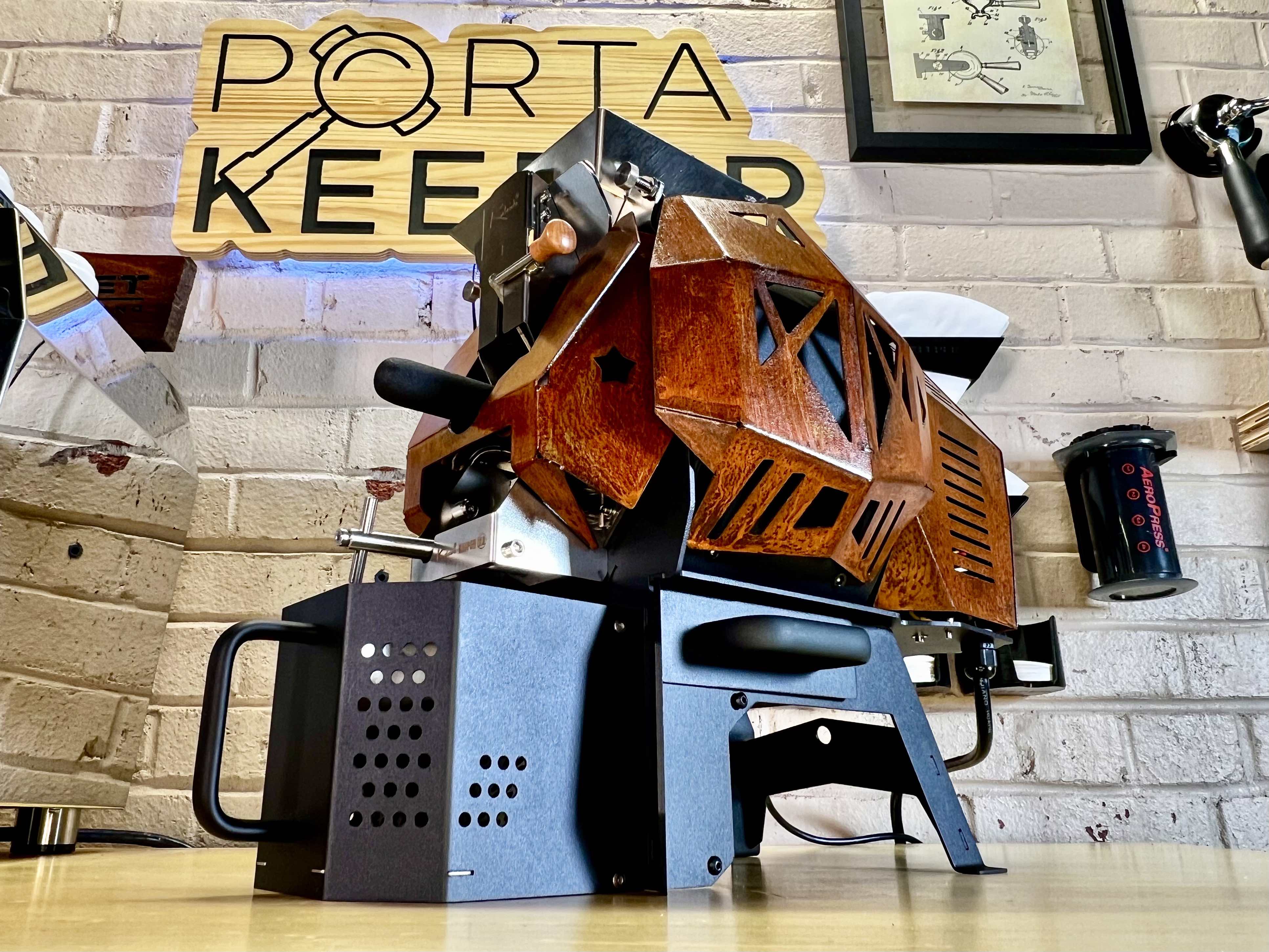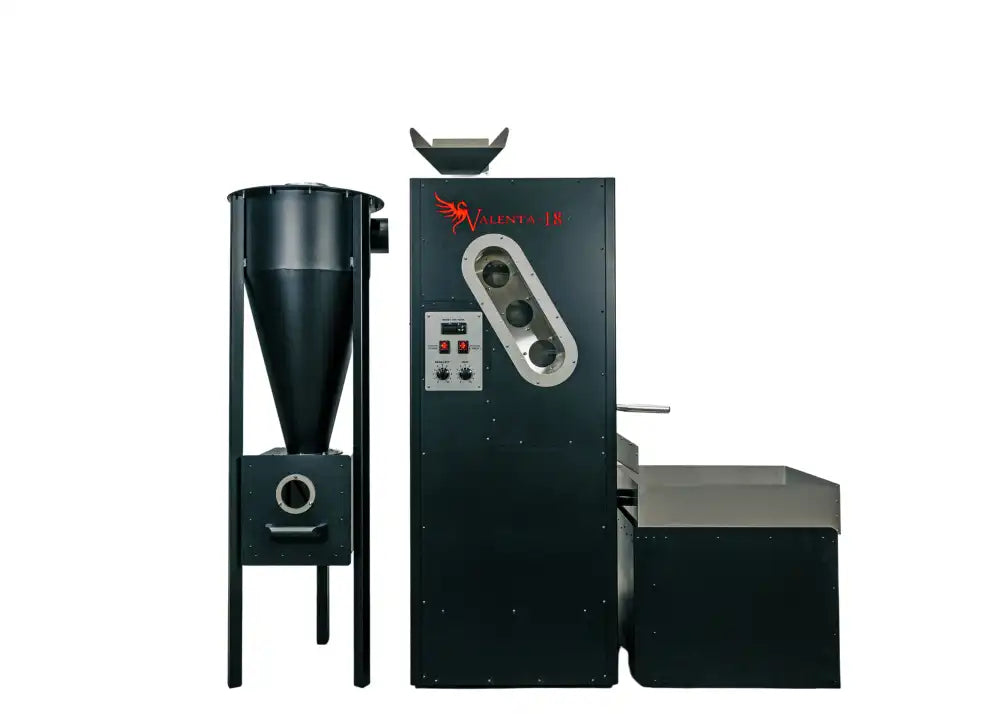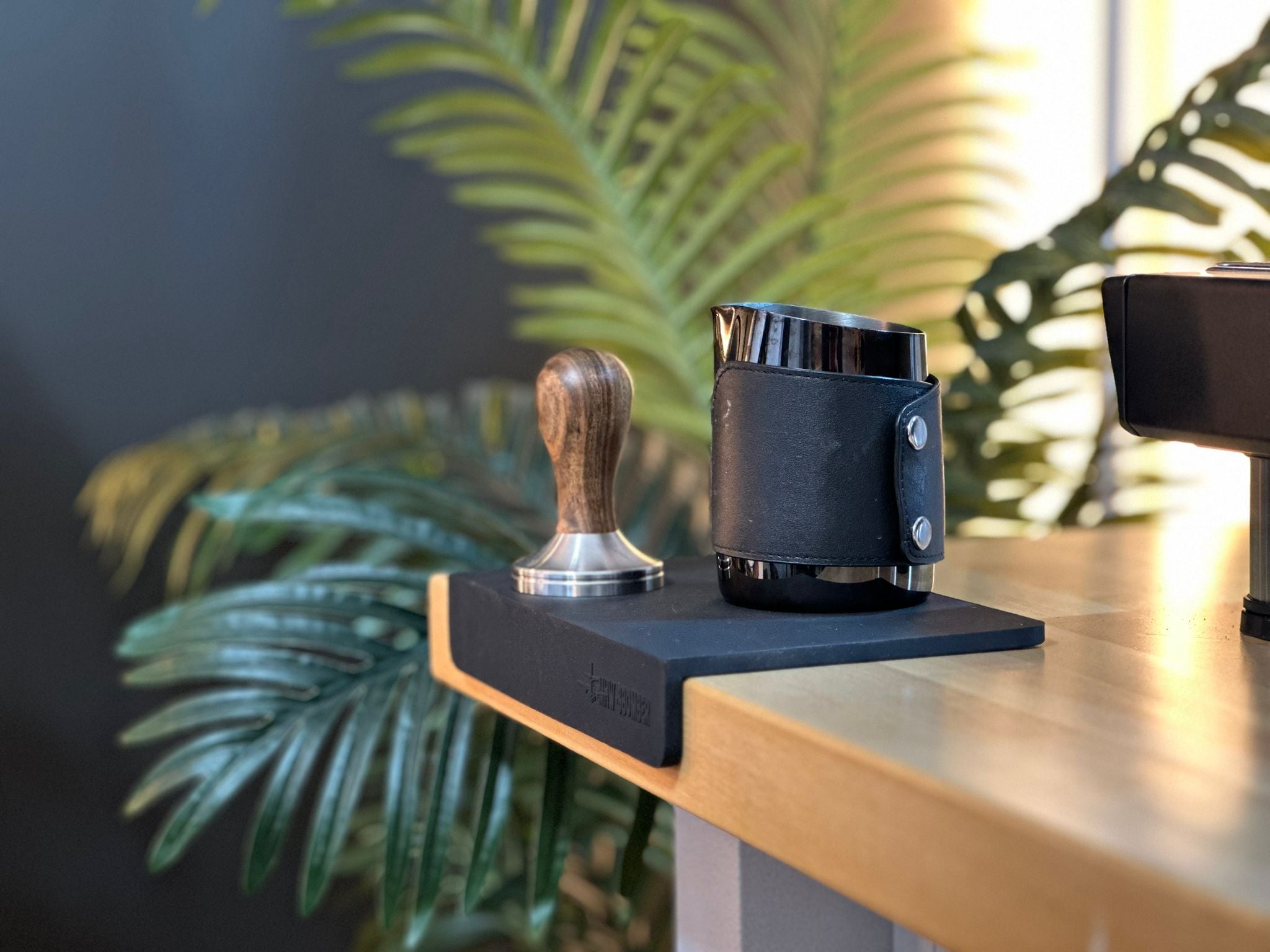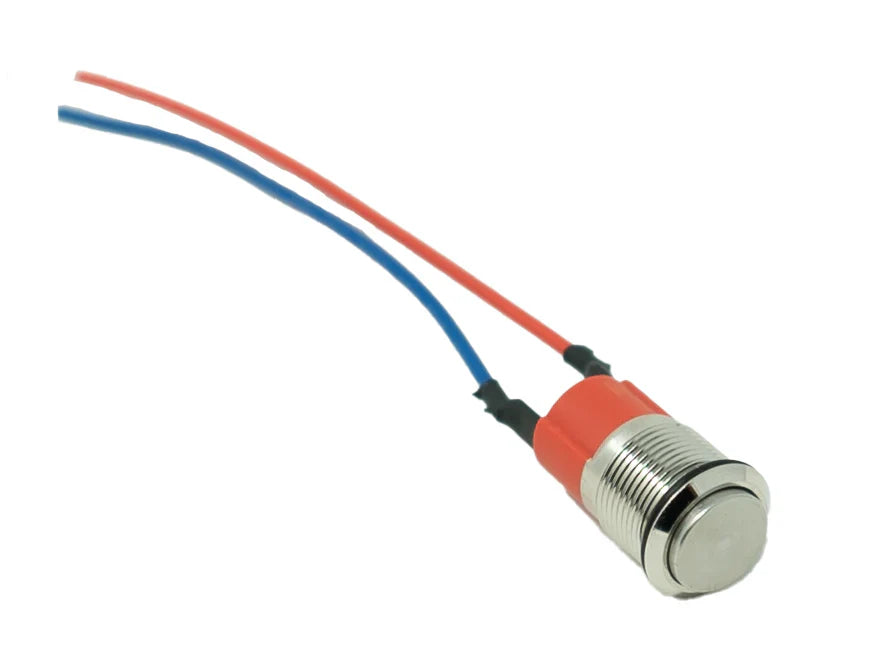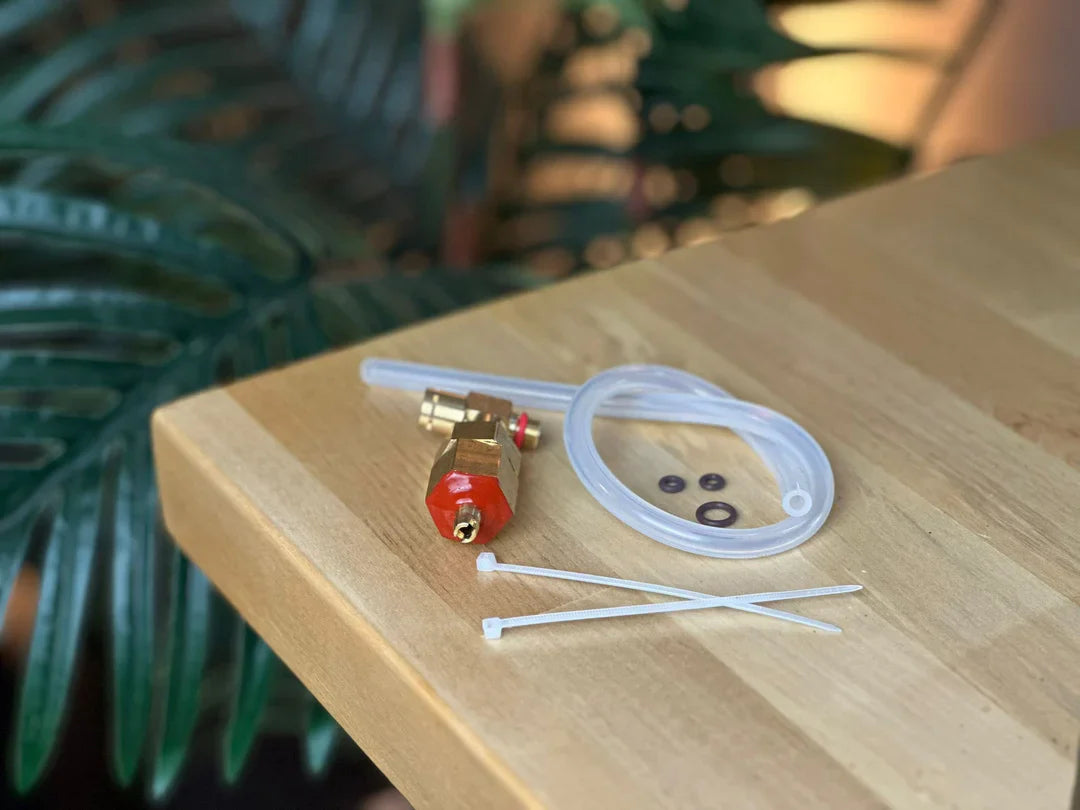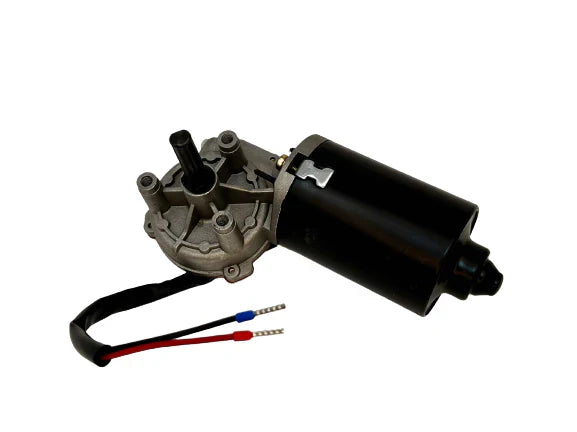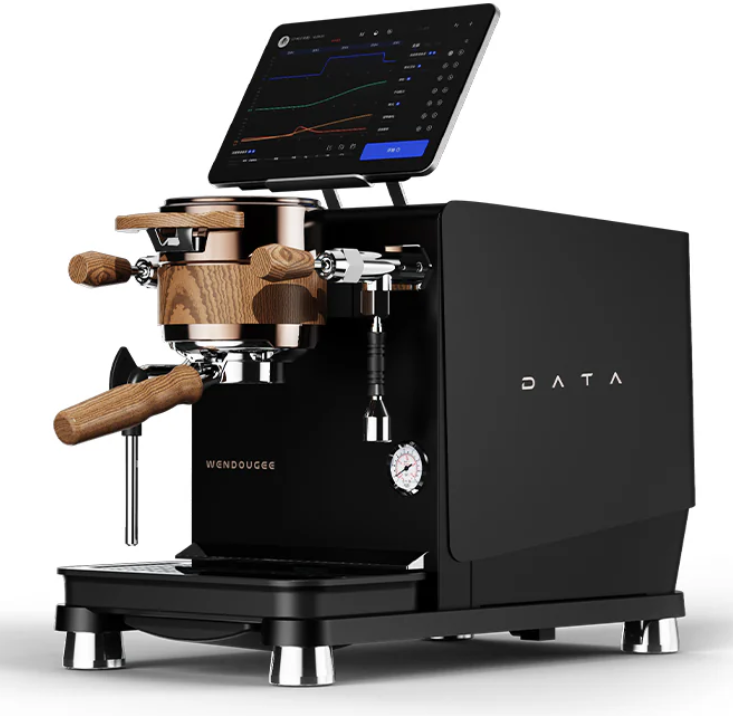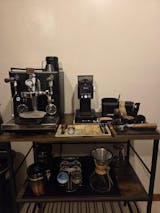Optimization of Drying Techniques to Preserve Coffee Quality
Drying is a crucial step in coffee processing, directly affecting the preservation of volatile compounds and the overall quality of the coffee beans. The drying method used can influence flavor, aroma, and storage longevity, with different approaches offering distinct advantages and challenges in terms of preserving key volatile compounds.
1. Sun-Drying (Traditional Drying Method)
- Method: Coffee cherries or beans are spread out in the sun, usually on raised beds or patios, and manually turned to ensure even drying.
-
Effect on Volatile Compounds:
- Sun-drying allows for slower drying times, which can help preserve delicate volatile compounds associated with fruity and floral notes.
- However, exposure to fluctuating temperatures and humidity can cause uneven drying, leading to degradation of some volatiles, resulting in potential off-flavors.
-
Quality Impact:
- Produces beans with more pronounced fruity and fermented notes due to extended exposure to the sugars in the fruit during drying.
- The risk of over-fermentation or mold can negatively impact quality, especially in regions with unpredictable weather patterns.
-
Advantages:
- Low-cost and energy-efficient.
- Ideal for regions with consistent dry, sunny climates.
-
Challenges:
- Requires large amounts of space and can be labor-intensive.
- Vulnerable to environmental factors (rain, excessive humidity).
2. Mechanical Drying (Controlled Environment)
- Method: Coffee beans are placed in a mechanical dryer, where temperature and humidity are controlled to accelerate drying.
-
Effect on Volatile Compounds:
- Faster drying can lead to a reduction in the time the beans are exposed to fermentation, which may help preserve more delicate volatile compounds, including fruity, floral, and acidic notes.
- If not controlled properly, mechanical drying at high temperatures can cause the loss of important volatile compounds responsible for aroma and flavor complexity.
-
Quality Impact:
- Allows for consistent drying regardless of weather conditions, preserving more volatile compounds when done at lower temperatures.
- Faster drying can result in cleaner flavors but may lead to a reduction in body and complexity if the process is too fast.
-
Advantages:
- Greater control over drying parameters such as temperature and humidity, leading to more uniform drying.
- Reduces the risk of mold or over-fermentation compared to sun-drying.
-
Challenges:
- Energy-intensive, requiring more investment in equipment and operational costs.
- Risk of volatile compound loss if high temperatures are used.
3. Hybrid Drying Systems (Combination of Sun and Mechanical Drying)
- Method: Combines initial sun-drying with mechanical drying for the final stages. Coffee beans are partially sun-dried, then transferred to mechanical dryers to finish drying under controlled conditions.
-
Effect on Volatile Compounds:
- Hybrid systems aim to take advantage of the slower, more natural flavor development of sun-drying while avoiding the risk of degradation by transitioning to controlled mechanical drying before damage to volatile compounds occurs.
- This method tends to preserve both fruity and floral notes while reducing the risk of losing volatile compounds in the final drying stages.
-
Quality Impact:
- Results in more consistent quality while retaining the complex flavors developed during the initial sun-drying phase.
- Can balance the fruity notes of sun-dried beans with the clean, uniform characteristics of mechanically dried beans.
-
Advantages:
- Provides more control over the drying process while still benefiting from the flavor complexity that develops during natural sun exposure.
- Reduces the risk of environmental spoilage.
-
Challenges:
- Requires infrastructure for both sun-drying and mechanical drying.
- Can be more labor- and resource-intensive due to the need to transition beans between different drying stages.
Comparison of Drying Techniques
| Method | Sun-Drying | Mechanical Drying | Hybrid Drying |
|---|---|---|---|
| Drying Speed | Slow, depends on weather | Fast, controlled environment | Medium (initial slow, then fast) |
| Control | Limited, influenced by climate | High control over temperature & speed | Moderate control, hybrid of both |
| Volatile Compound Preservation | Moderate, risk of degradation due to exposure | Can be high if done at low temperatures | High preservation, balance between natural and controlled |
| Flavors Produced | Fruity, fermented, complex body | Cleaner, brighter, less complexity | Balanced flavors, with both complexity and clean notes |
| Cost | Low cost, labor-intensive | High equipment and energy cost | Medium, requires dual setup |
| Quality Consistency | Inconsistent, weather-dependent | Highly consistent | Consistent, with more complex flavors |
Effects of Drying Methods on Key Volatile Compounds
- Fruity and Floral Notes: These compounds, such as esters and aldehydes, are best preserved at lower drying temperatures. Sun-drying allows these volatiles to develop slowly, but the risk of degradation increases with inconsistent drying. Hybrid systems often preserve these better by balancing the slow, natural drying with controlled mechanical drying.
- Acidity and Clean Cup Profile: Mechanical drying at moderate temperatures preserves the organic acids that contribute to the coffee’s bright acidity. Sun-drying can result in more fermented, wine-like acidity if drying takes too long.
- Body and Sweetness: The Maillard reaction, responsible for body and sweetness, can be better controlled in mechanical and hybrid systems, as excessive drying temperatures in mechanical drying could result in a thinner body. Hybrid systems maintain sweetness while preventing over-drying.
Conclusion
Optimizing coffee drying techniques involves striking a balance between preserving volatile compounds and maintaining overall bean quality. Hybrid drying systems seem to offer the best compromise, providing both complexity in flavor and consistency in quality. However, the choice of drying method depends on the specific goals of the producer (cost, flavor profile) and environmental conditions.
